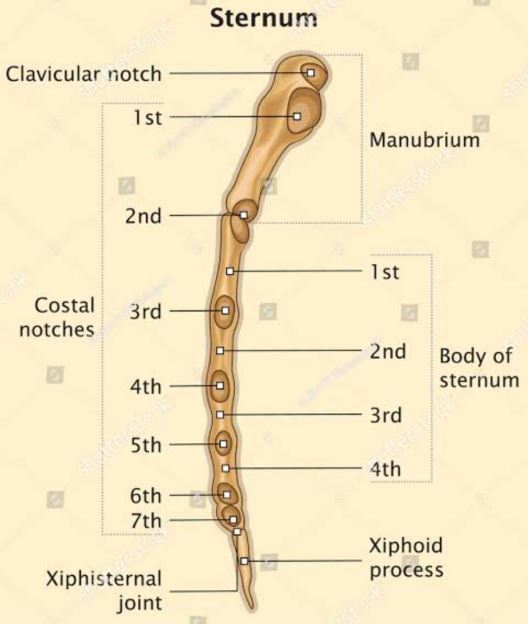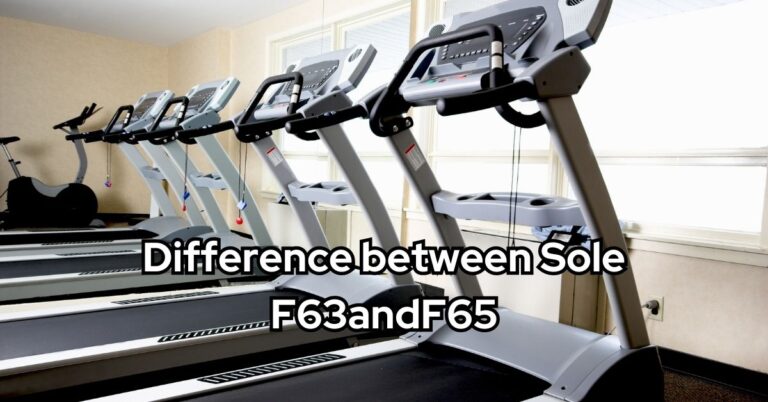Male skeletal cranial airways have been observed to be larger with taller piriform apertures and taller internal nasal cavity. Apart from cranial airways, there have been differences observed in the ribcage of men and women.
The rib cage or the thoracic cage is the skeletal system surrounding the lungs and heart of an individual. It consists of 12 pairs of ribs that are connected to the middle part named the sternum. According to their attachment with the sternum, ribs are classified into true, false and floating ribs respectively. Though similar looking, there are differences between the ribs and their morphology in both men and women that plays an important role in overall human anatomy.
Male Ribs
On average, men are taller than women. Latest studies have shown the global mean height of men to be 171cm and 159cm. This impacts the bone structure of the genders subsequently. The ribcage of men is said to be 10% larger in volume than females. While the thyroid cartilage is more externally visible in men, the tracheal cross-sectional area is 29% larger in men. The sternum (joining point of ribs) that is an average of 17cm is longer in males than females.
Males have larger muscles and subsequently require greater attachment sites for their bones and muscles. This leads to the overall quality of their ribs and other bones being rougher and bumpier than that of females. The male thorax (rib cage) has been observed to be broader than that of females.

Female Ribs
The sternum in a rib cage is the T-shaped bone forming the front of the rib cage. It consists of 3 parts
- Manubrium
- Body
- Xiphoid process
In a study performed on 200 subjects from 18-87 years, it was found that the manubrium of the sternum was less in females than males. The thickness of the corpus sterni was also observed to be marginally less in females than males. Xiphoid endings also showed anatomical variation in both genders with being. Sternal angle differences were not found to be statistically significant.
Cranio caudal inclination is another important variable factor that comes into notice while making the comparison. Cranio caudal inclination or the overall angle of ribs is greater in males than females. This allows the cranial part of the rib cage to expand more than the caudal ones during inspiration a factor that becomes important for the reproductive health of the individual.

Difference between Male and Female Ribs
| Rib factors | Men | Women |
| Volume | Greater volume | Lesser volume |
| Sternum | Long and narrow | Short and wide |
| Resulting tidal volume | 38.9ml | 46ml |
| Length of ribs | Shorter | Longer |
| Thorax | Broader | Narrower |
| Cranio caudal inclination | Lesser | Greater |
| Manubrium | Shorter than body of sternum | Longer than body of sternum |
| Xiphoid | Longer | Shorter |
| Overall rib cage | Broader and deeper | Narrower and flatter |
Conclusion
Contrary to the widespread belief that males have a greater number of ribs than females, both genders have equal ribs. It is the morphology and overall physiology of the rib structures that is different in each sex. Studies have shown that internal rib cage dimensions, diaphragm position relative to spine and diaphragm length vary in both genders. Females tend to have smaller rib-cage dimensions in relation to height than males. Additionally, they have a greater inclination of ribs, a comparable diaphragm dome position relative to the spine and an overall shorter diaphragm length in comparison to males. All of these factors affect the overall size of the lungs with men having a pyramidal shape while that of women leaning towards prismatic shape.
The rib cage muscle inspiration during resting breathing is greater in females than males making it convenient to allow more volume for the fetus during pregnancy.
References
- http://https://www.ncbi.nlm.nih.gov/pmc/articles/PMC5980468/
- http://https://pubmed.ncbi.nlm.nih.gov/16476656/
- http://https://ourworldindata.org/human-height#:~:text=The%20following%20map%20shows%20the,3%25%20to%20over%2012%25.
- http://https://www.researchgate.net/publication/10737979_Sex_Differences_in_Thoracic_Dimensions_and_Configuration







